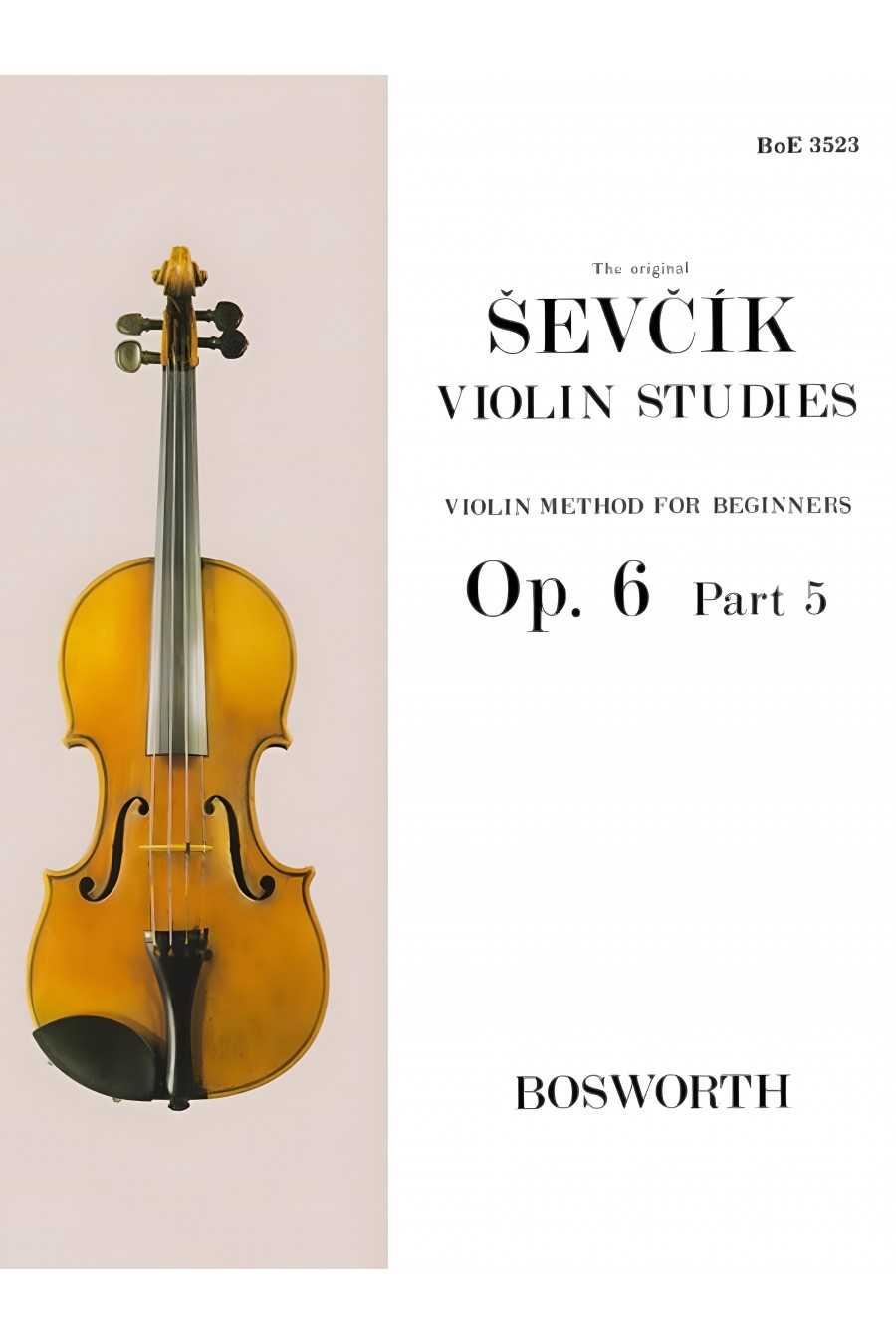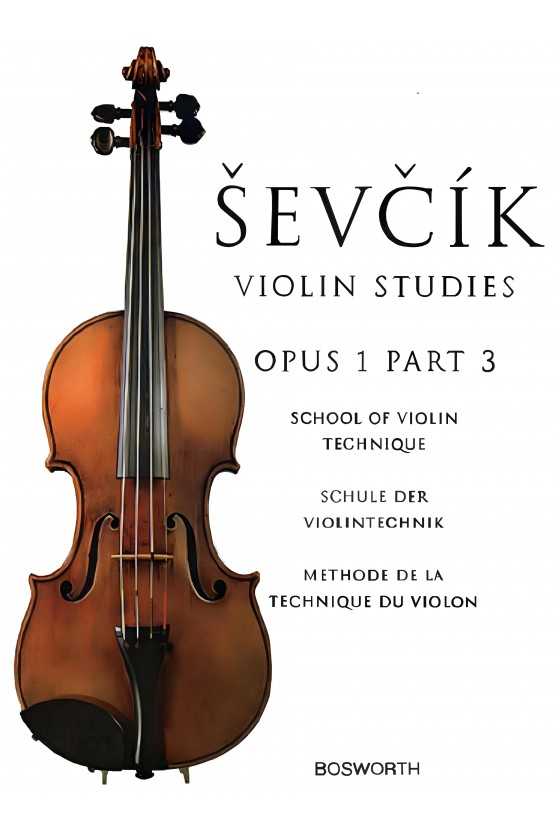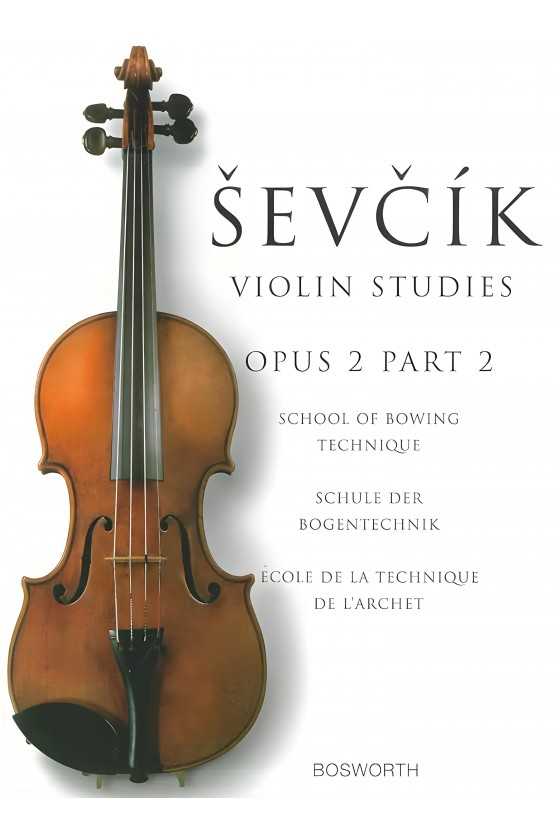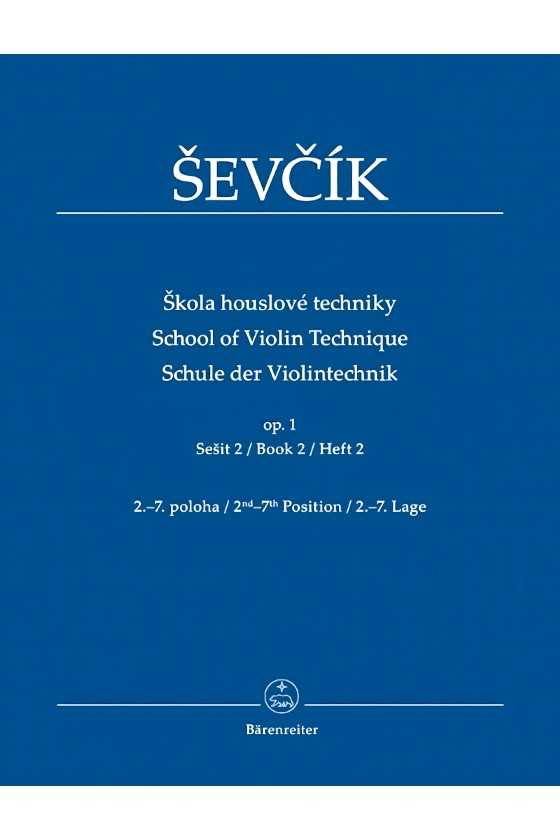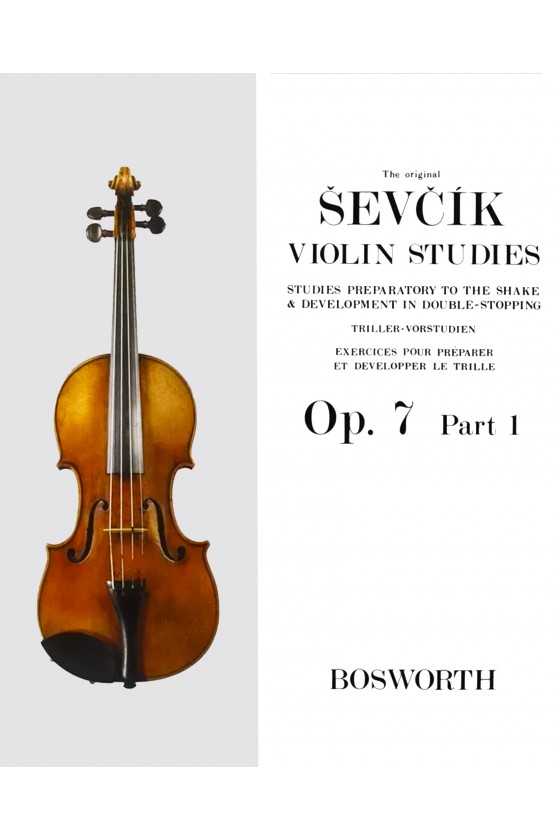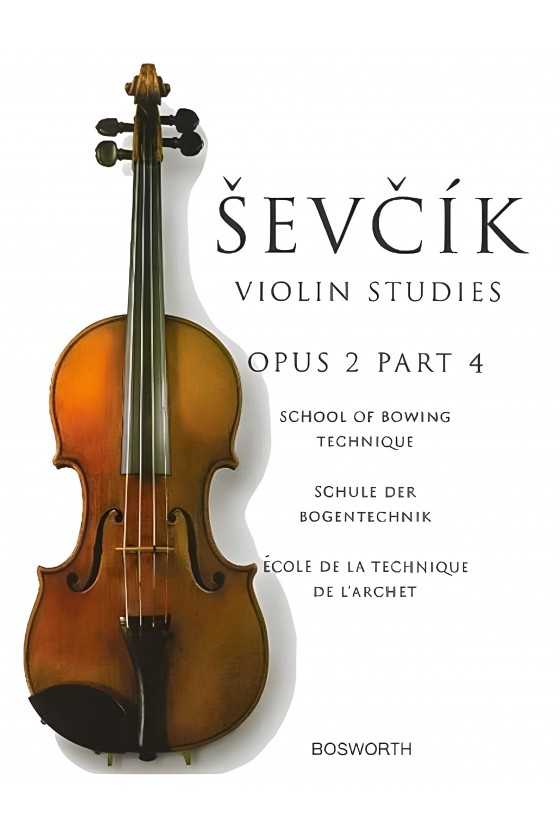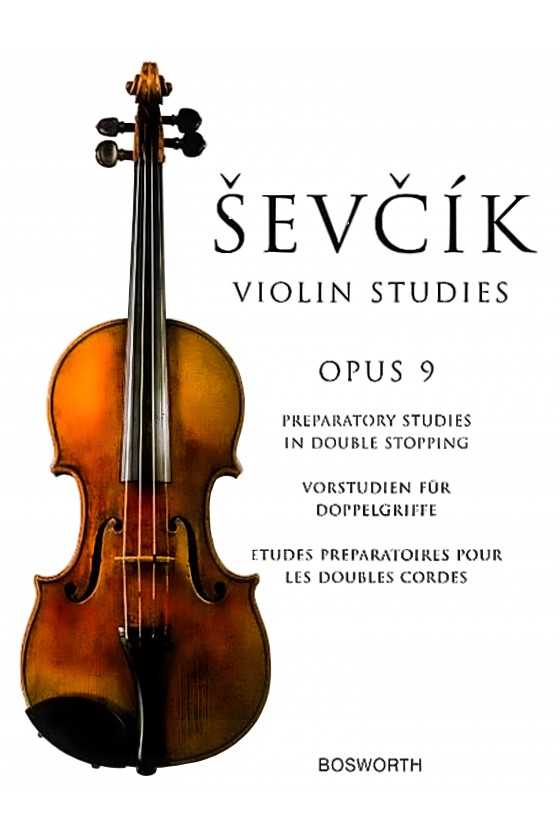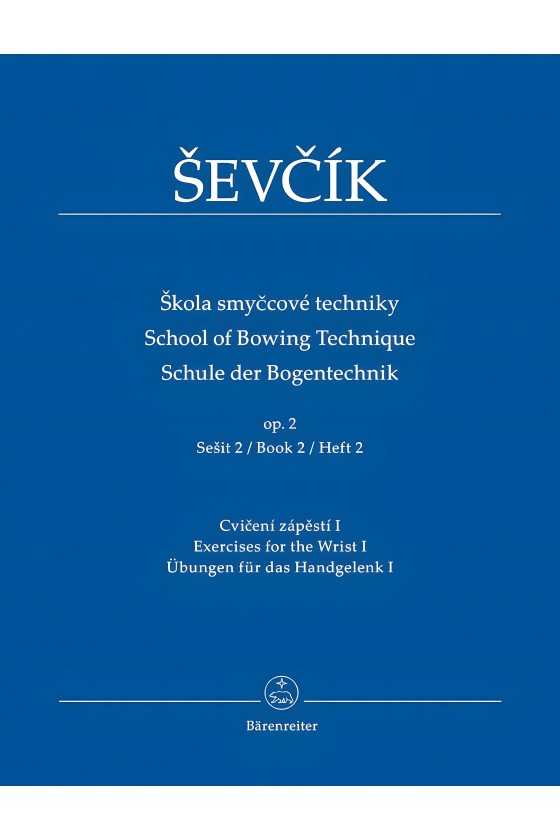Ševcík’s “School of Violin Technique” is a comprehensive guide covering every aspect of violin technique. It’s been one of violinists’ most important teaching methods for over 130 years. The latest version includes four books derived from the first edition and some unpublished works of Ševcík. Jaroslav Foltýn, a violin professor, has contributed to this latest version for an accurate methodological commentary.
• This is a brief about a new edition of a violin method that generations of violinists have used.
• It is a seminal work by a leading violin educator.
• Each book contains a methodological commentary by the editor in Czech, English, and German.
• This edition begins a series of new Bärenreiter publications of Ševcík’s principal works.
